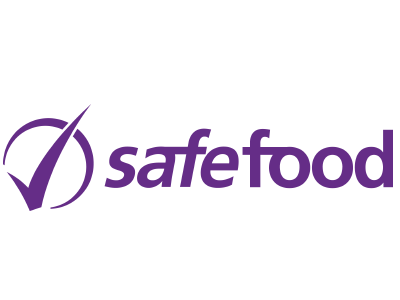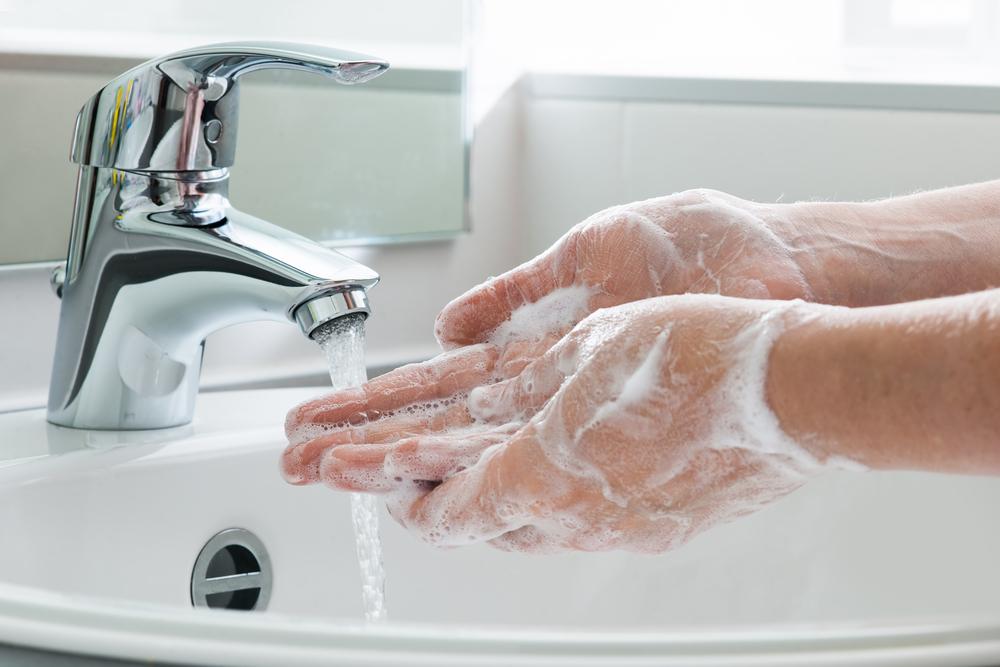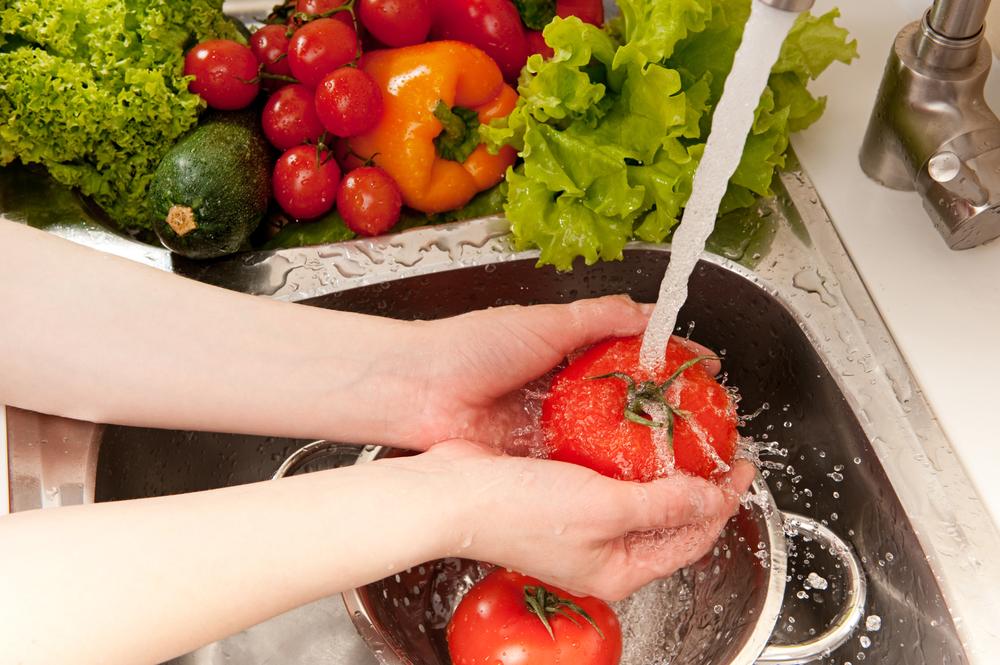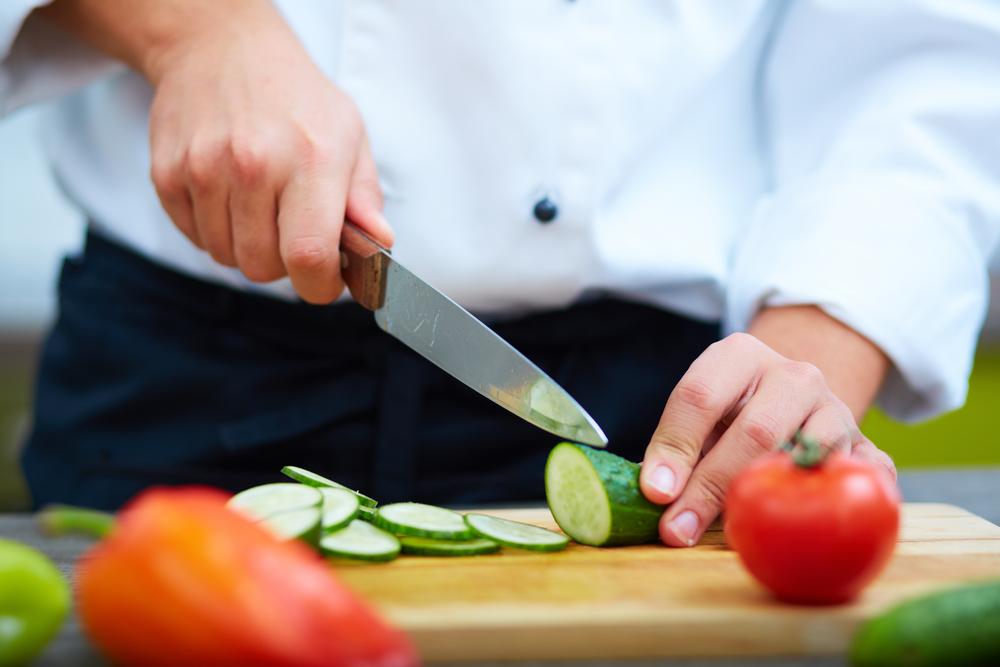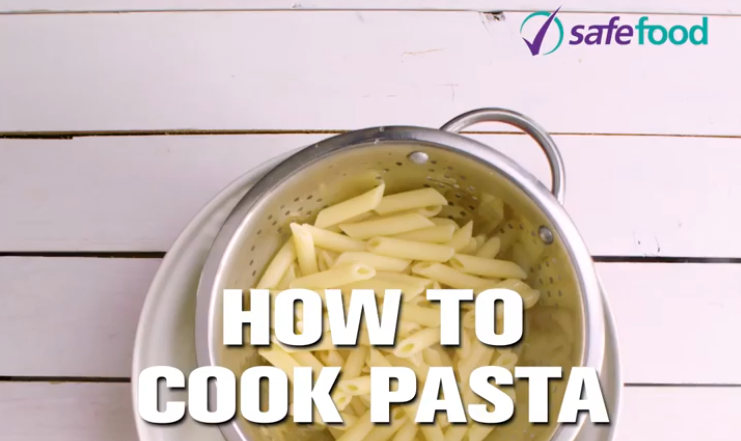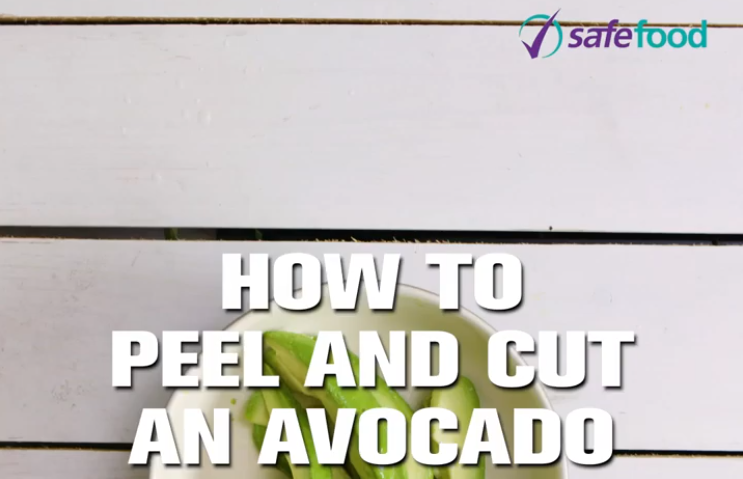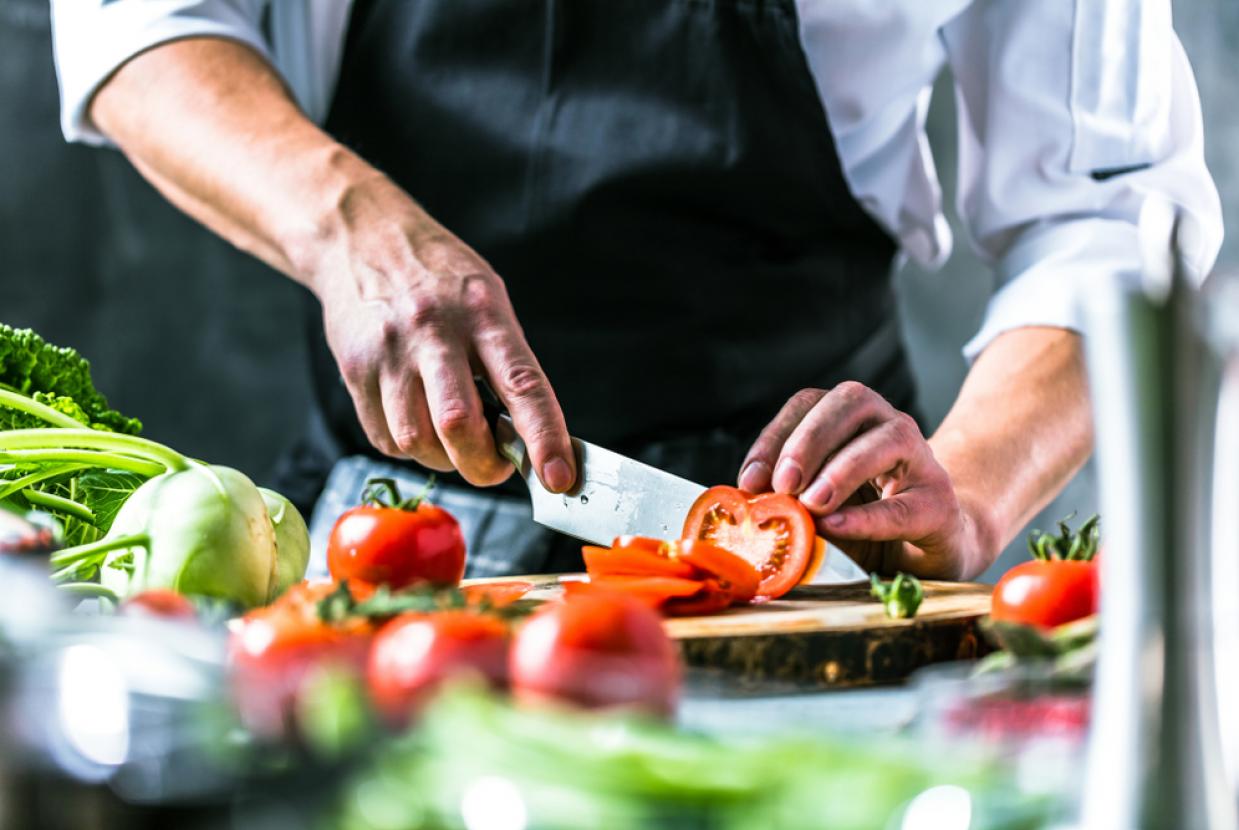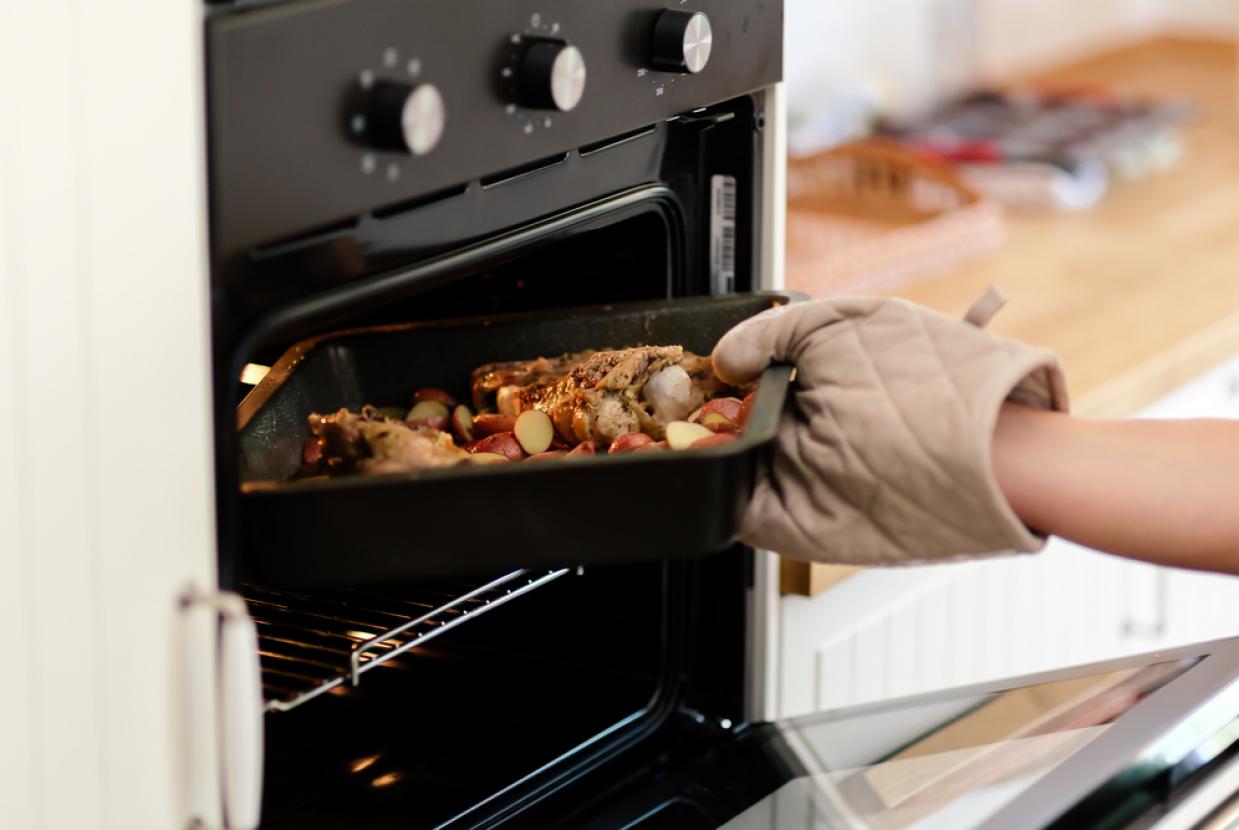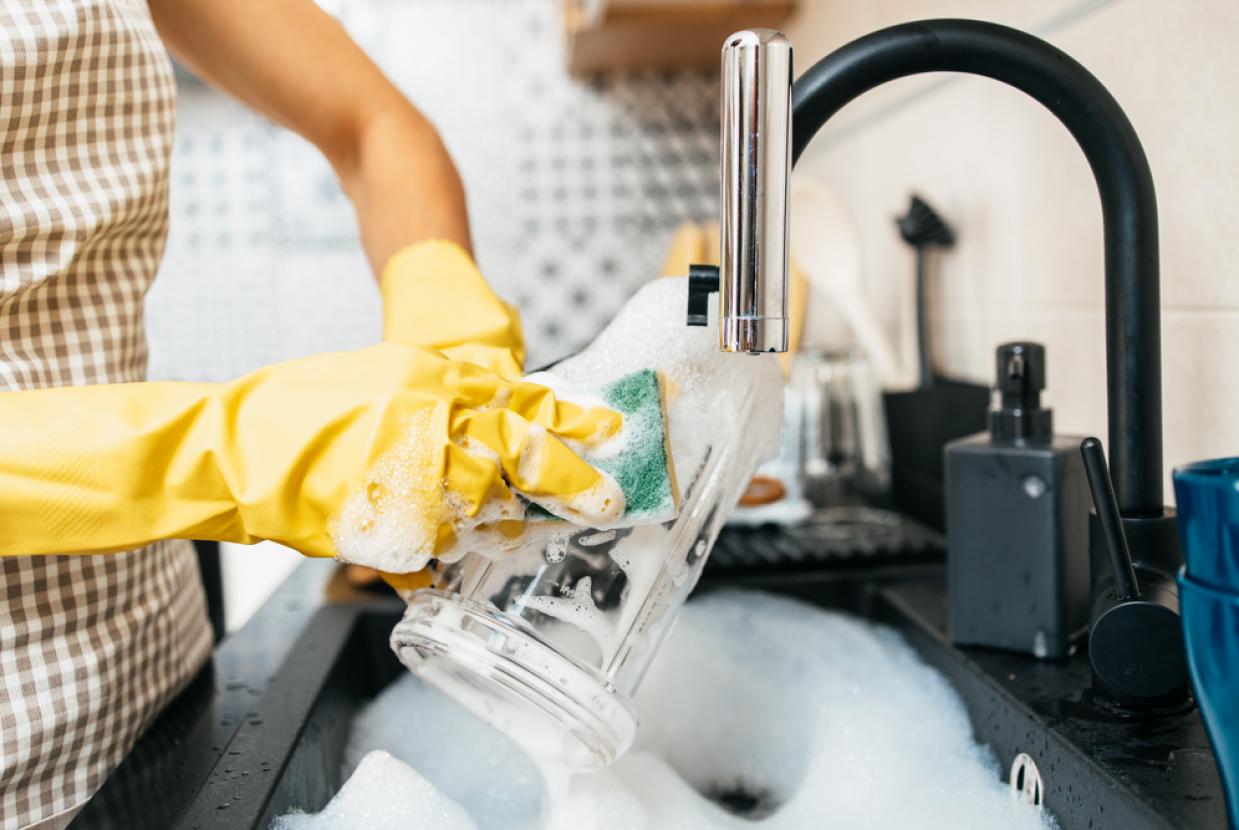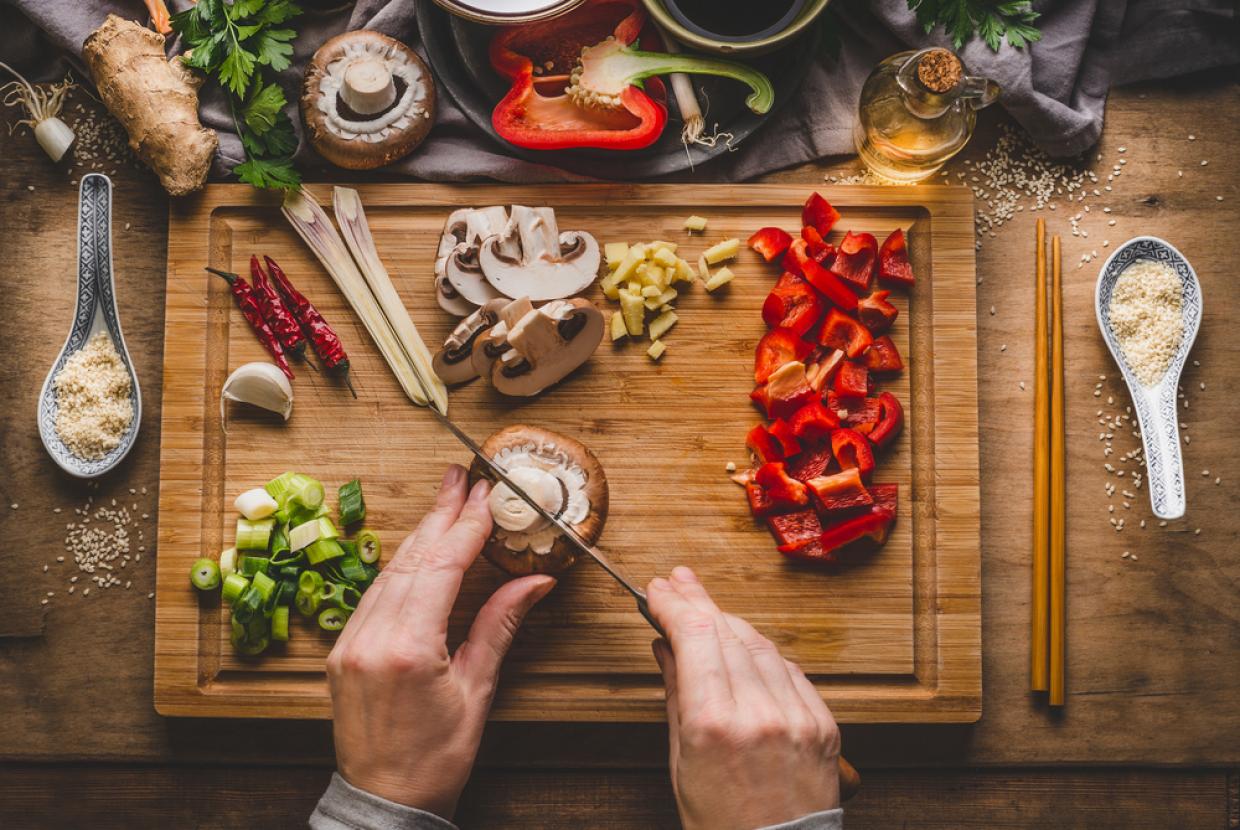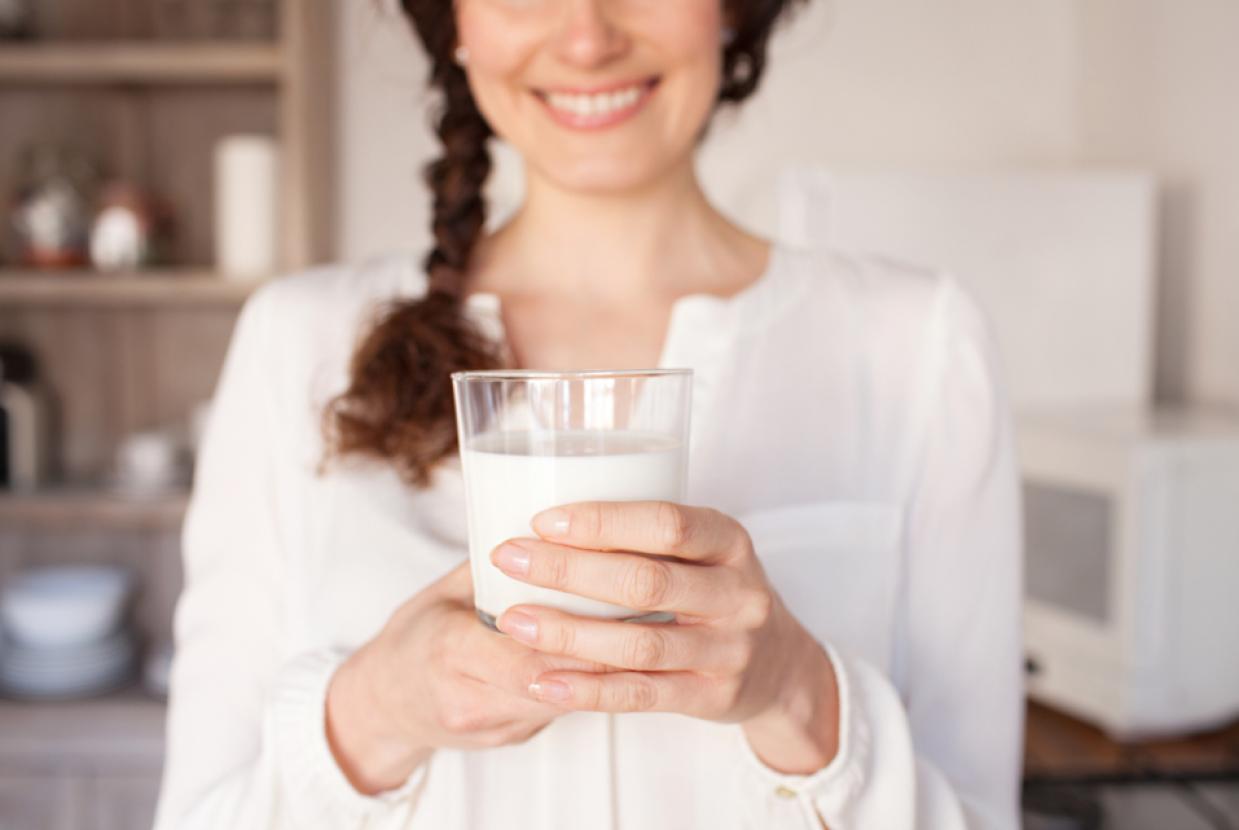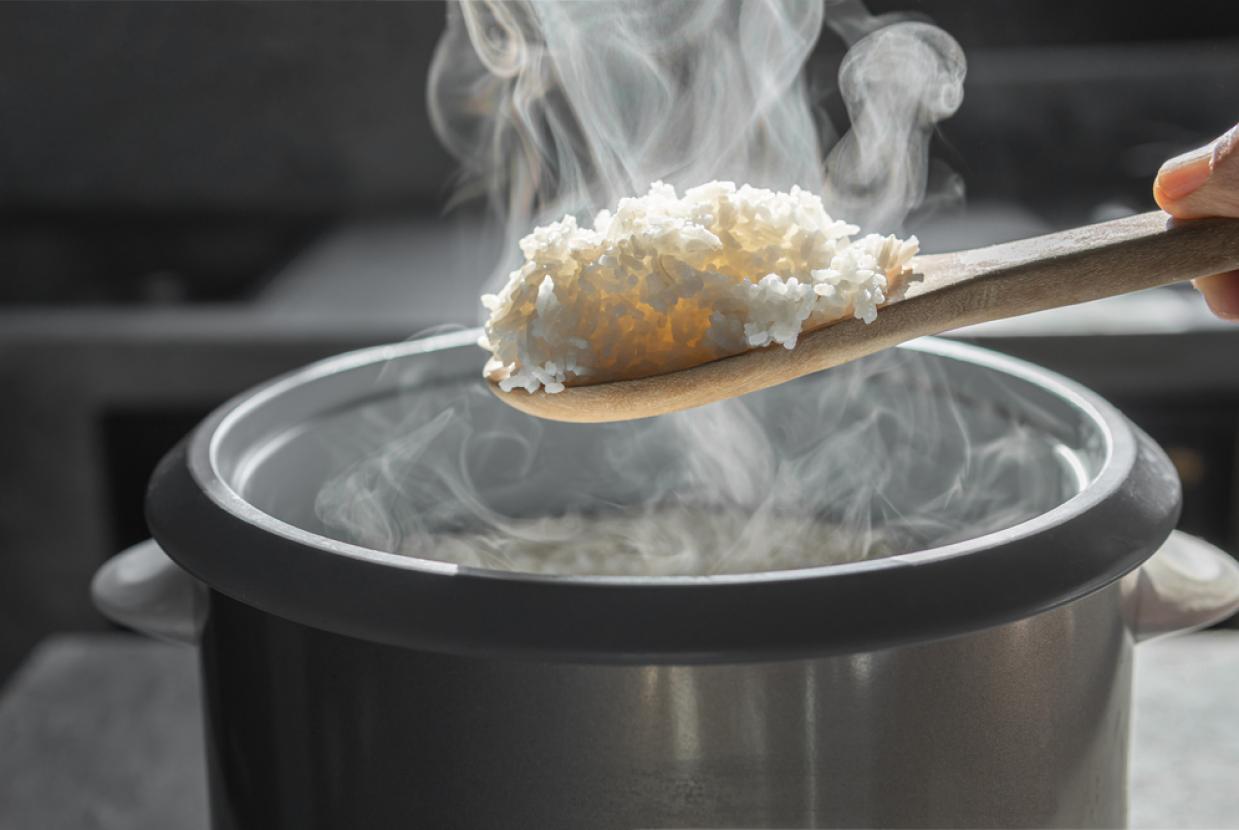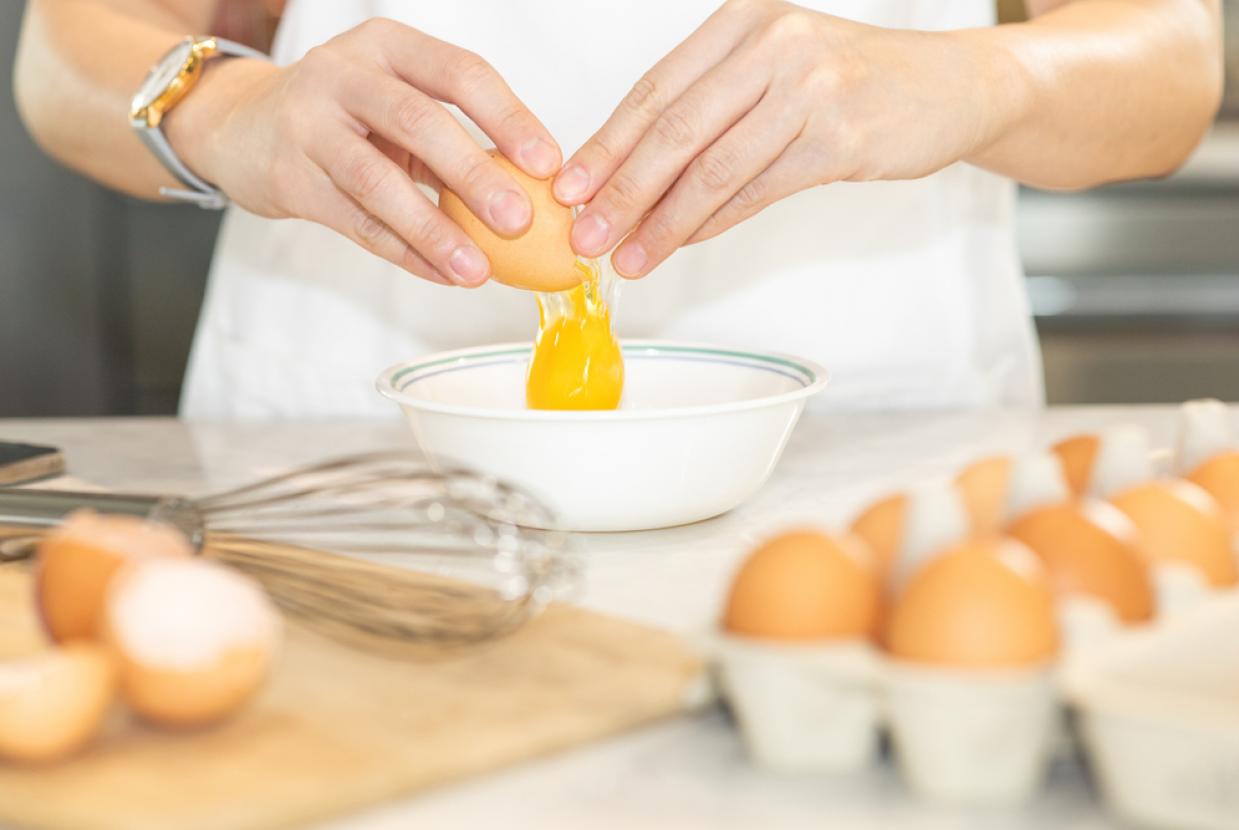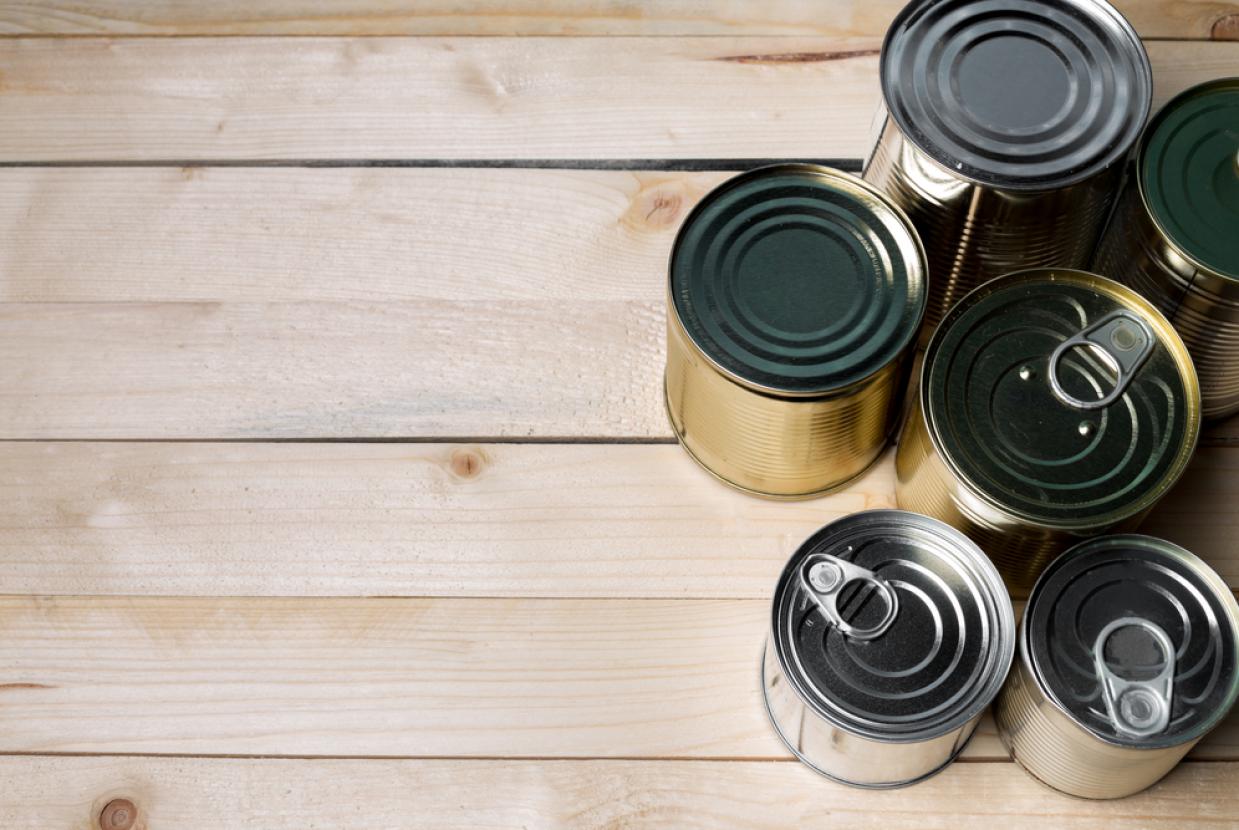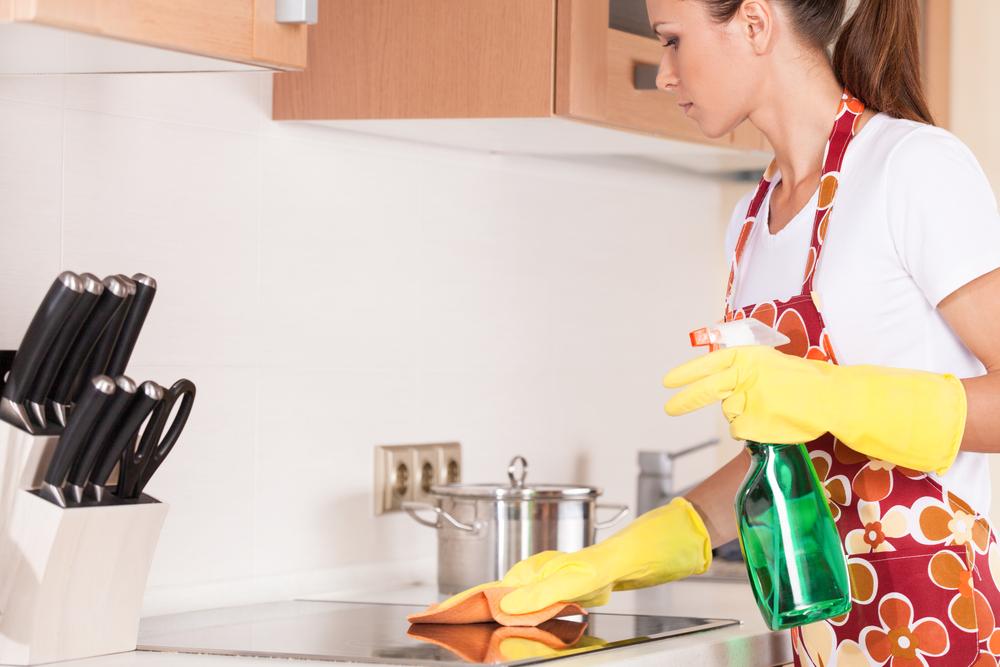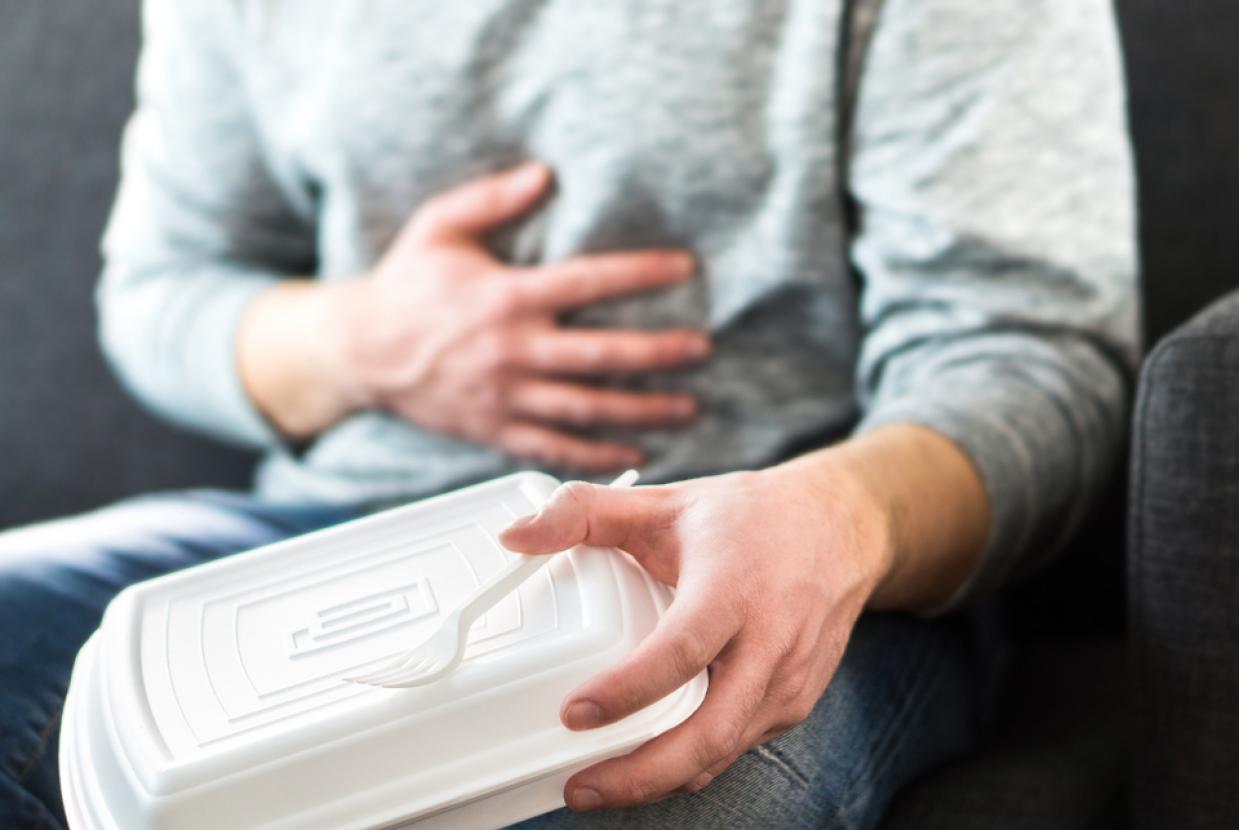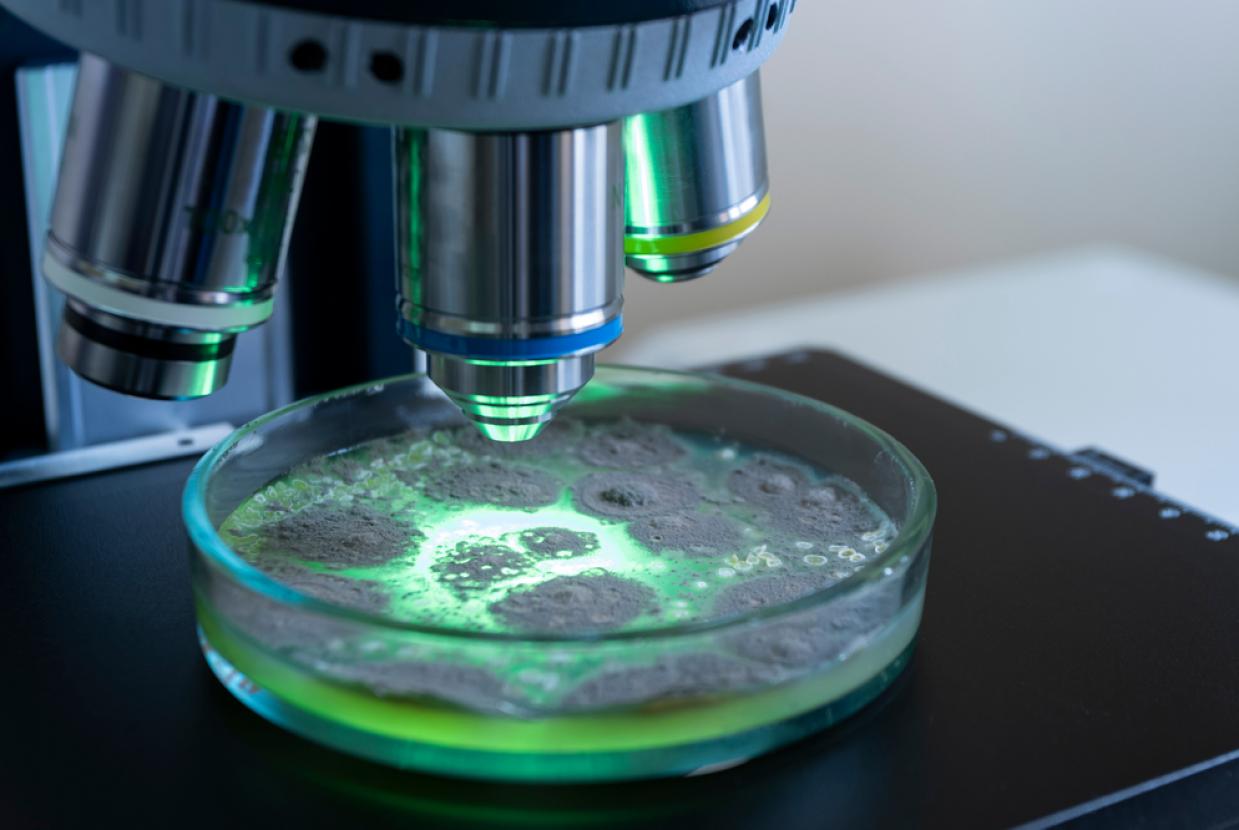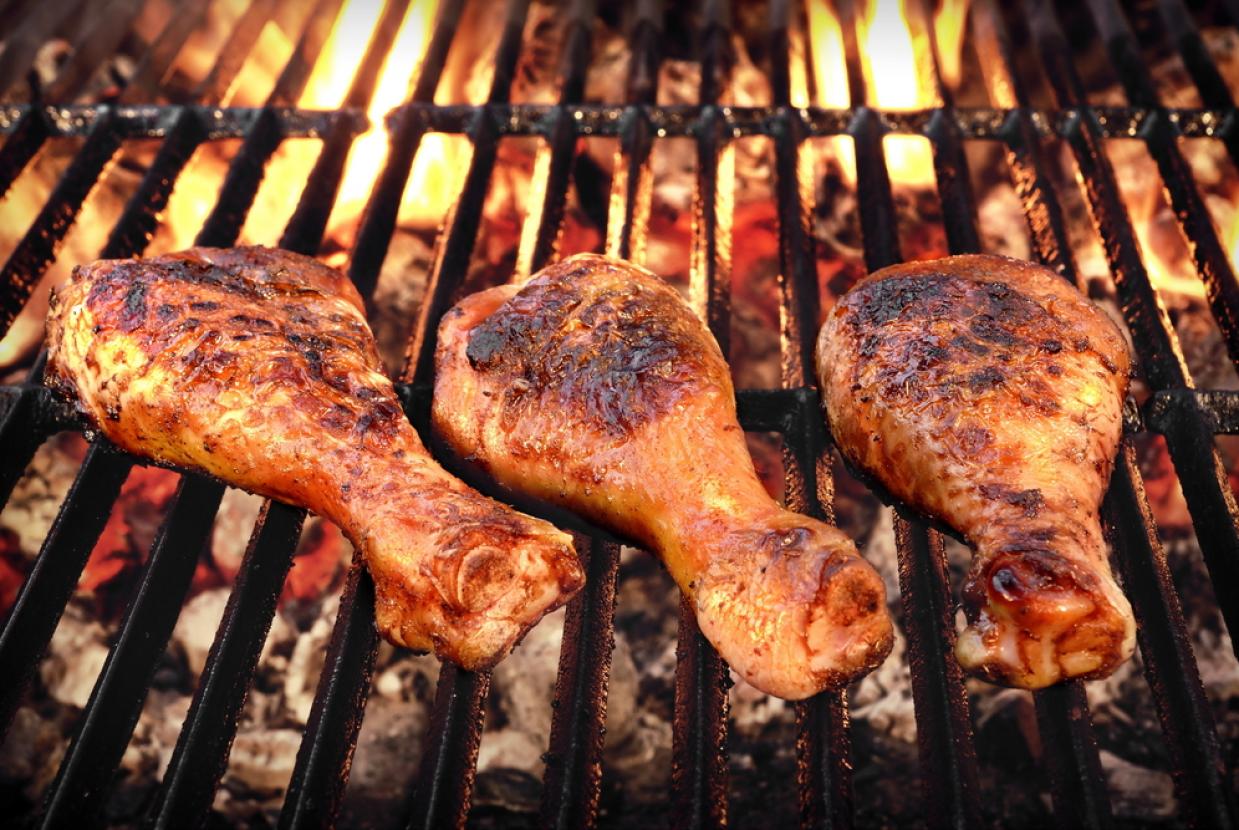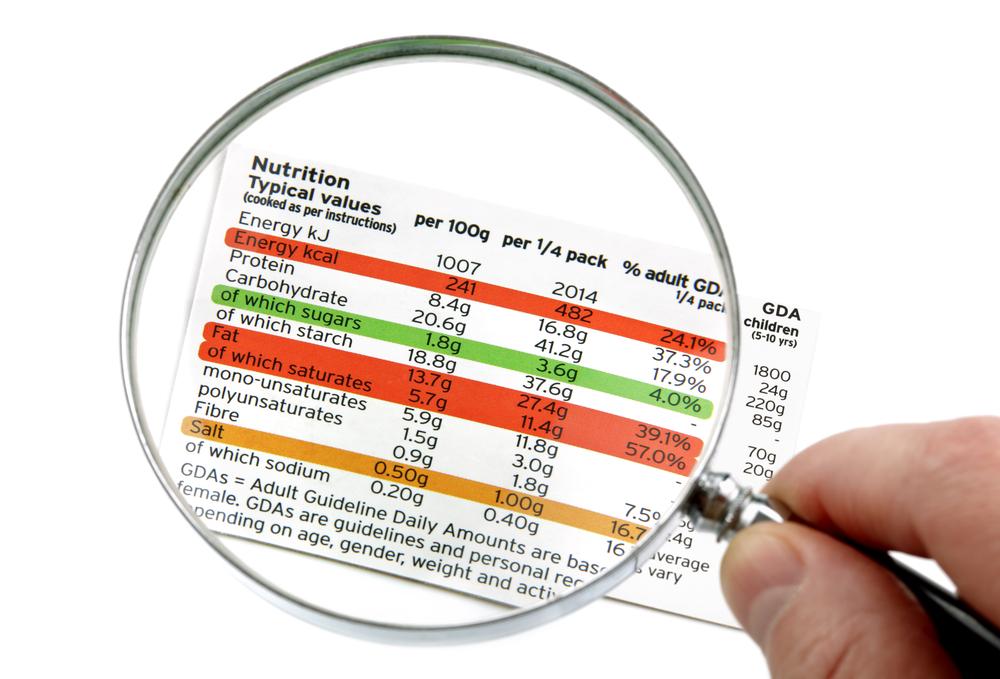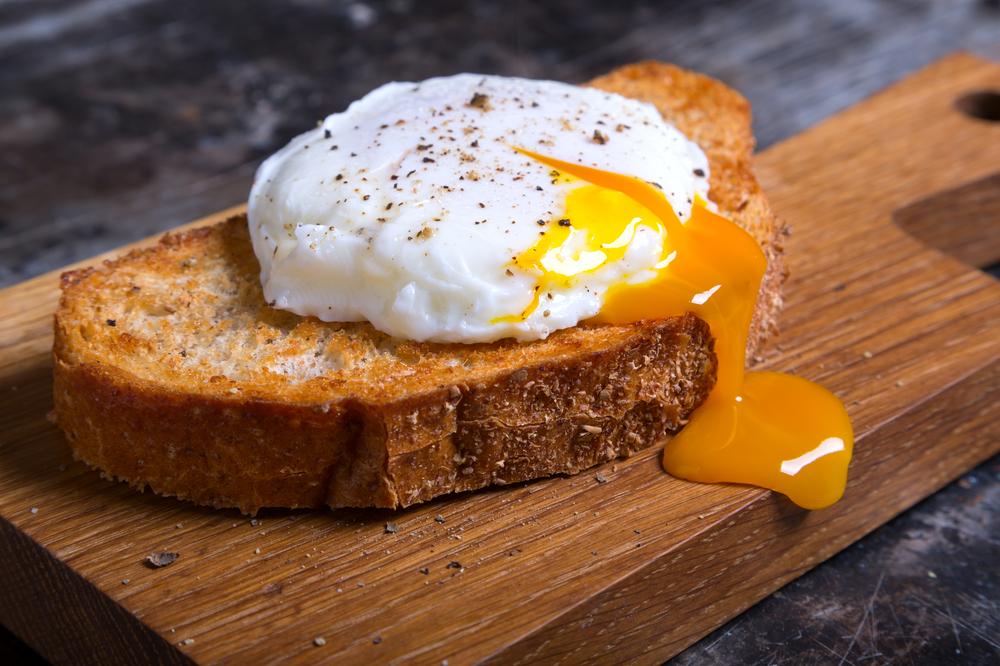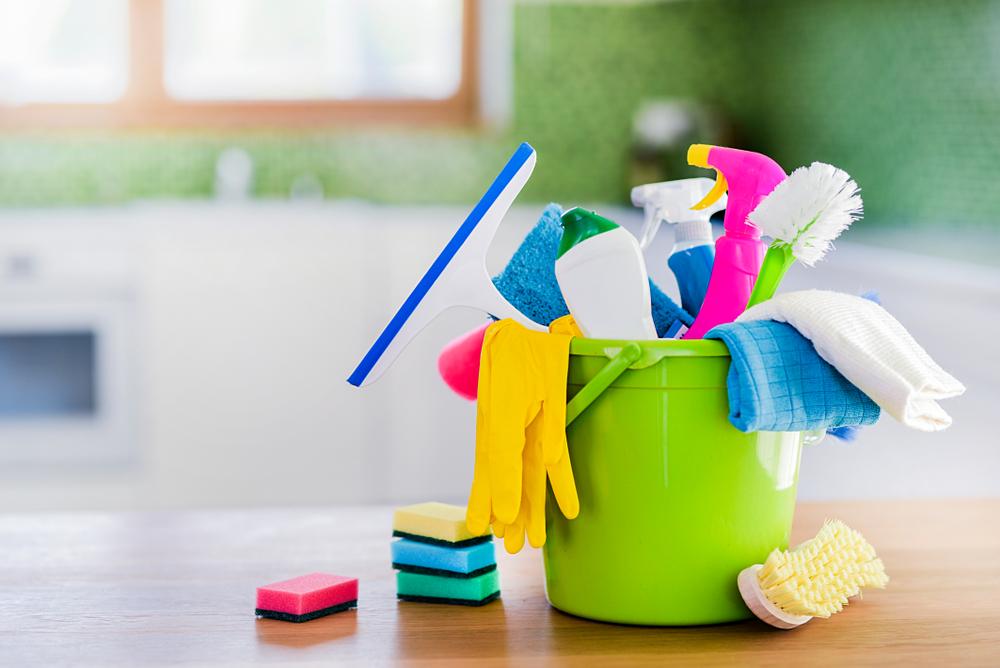Cross contamination
Heard a lot of fact and fiction about cross contamination, how it happens and how it to tackle it?
Watch the videoWell we're here to help you understand and blow those myths out of the water, so to speak!
Myth: I always wash my hands when I'm preparing food so I'm not at risk.
Fact: This isn't always the case. The recent research done by safefood has turned up some startling evidence with regard to handwashing, 80% of people didn't wash their hands thoroughly after handling raw mince, 84% didn't thoroughly wash their hands after handling raw chicken while preparing a warm chicken salad and 26% of people had raw meat bacteria on their hands after preparing food. Just think about where your hands have been and where and what they will touch.
What should I do? You should always wash your hands thoroughly after handling any raw meat or poultry. Wet your hands thoroughly under warm running water and apply soap to them. Rub your hands together to make a lather and spread it over all areas of your hands and wrists, making sure it covers palms, the backs of your hands, wrists, fingers and fingernails and rub between each finger and round your thumbs. It's this action which helps the soap dislodge and remove dirt and germs Dry your hands thoroughly, using a clean hand towel or hand dryer. Never your tea towel or your cloths.
Myth: It's only the meat itself that needs to be handled carefully, the packaging goes straight into the bin to be thrown out.
Fact: Harmful bacteria such as E. coli can last on your food packaging for up to 24 hours, so you should be careful when handling packaging. These bacteria can be transferred quite easily from contaminated packaging to other kitchen surfaces and also lead to cross-contamination of hands and other kitchen surfaces such as worktops and press handles. In a report published in 2010 (FSAI), a reported 13.2% of chicken packaging was contaminated with Campylobacter.
What should I do? When you do your shopping pack your raw meat and poultry separately from your ready-to-eat foods. If you use reusable bags you should keep one bag for raw meats only. Store your raw meat and poultry on the bottom shelf of your fridge below ready to eat foods.
Remove your raw meat and poultry from their packaging and directly place on to your cutting board or baking tray, and throw the packaging straight in to the bin. By doing this you will help avoid contaminating any of your work surfaces. After you have finished preparing your raw meat or poultry, wash down all surfaces with hot soapy water.
Myth: My work surface and cutting boards look clean so there is no bacteria on them.
Fact: In actual fact germs like Campylobacter can last on kitchen surfaces for up to 1 hour and E. coli can last for up to 24 hours. A recent study conducted by safefood found that 96% of kitchen surfaces were not thoroughly washed after food preparation and 43% were contaminated with raw meat bacteria after food preparation.
A further 67% of people didn't wash the chopping board after using it to prepare raw chicken and of the chopping boards tested, 50% were contaminated with raw meat bacteria after preparation.
What should I do? It's always good practice to wash worktops and cutting boards with hot soapy water after preparing foods, especially after preparing raw meat, poultry, seafood or raw vegetables. Always clean as you go between preparing these foods and especially when handling raw foods and then handling ready to eat foods!
Myth: I don't need to wash my utensils while I'm preparing my food.
Fact: The study done by safefood found that 72% of people failed to thoroughly wash a knife that was used in preparing raw chicken before reusing it to cut salad vegetables and 67% of people failed to thoroughly wash a knife that had been used to prepare raw beef before cutting salad vegetables. Of the knives that were tested, 18% were contaminated with E. Coli and 5% were contaminated with Campylobacter. The side salads that were tested, a whopping 37% were contaminated with raw meat bacteria.
What should I do? All kitchen utensils should be thoroughly scrubbed in plenty of clean hot soapy water or in a dishwasher, particularly after using them to prepare raw meat or poultry.
Myth: Once I rinse my dishcloth I know that it's clean.
Fact: This couldn't be further from the truth. Our research showed that rinsing dishcloths under the tap did not remove germs. Remember, just because it looks clean doesn't mean it is! Dishcloths that are used for more than two days tend to have high levels of bacteria present. Food poisoning bacteria can survive and grow on dishcloths, particularly where food residues remain and when the cloth is damp. Dishcloths are usually stored crumpled up, so they stay wet and often contain larger numbers of bacteria. Of the dishcloths tested in the safefood survey, E Coli was present on 27.5% and Listeria was present on 13.5% of them.
What should I do? It's best to change your dishcloth at least every other day. If you use your dishcloth to wipe off 'High Risk' food debris such as raw eggs, raw meat, raw poultry, raw fish or raw vegetables make sure to change your cloth straight away. Boiling your dishcloth for 15 minutes or washing it the washing machine on a standard cycle are effective ways to clean dishcloths and kill any germs that might be present. Don't use a dishcloth that smells or if it looks dirty as it is very likely that a high number of bacteria are present on the cloth.



